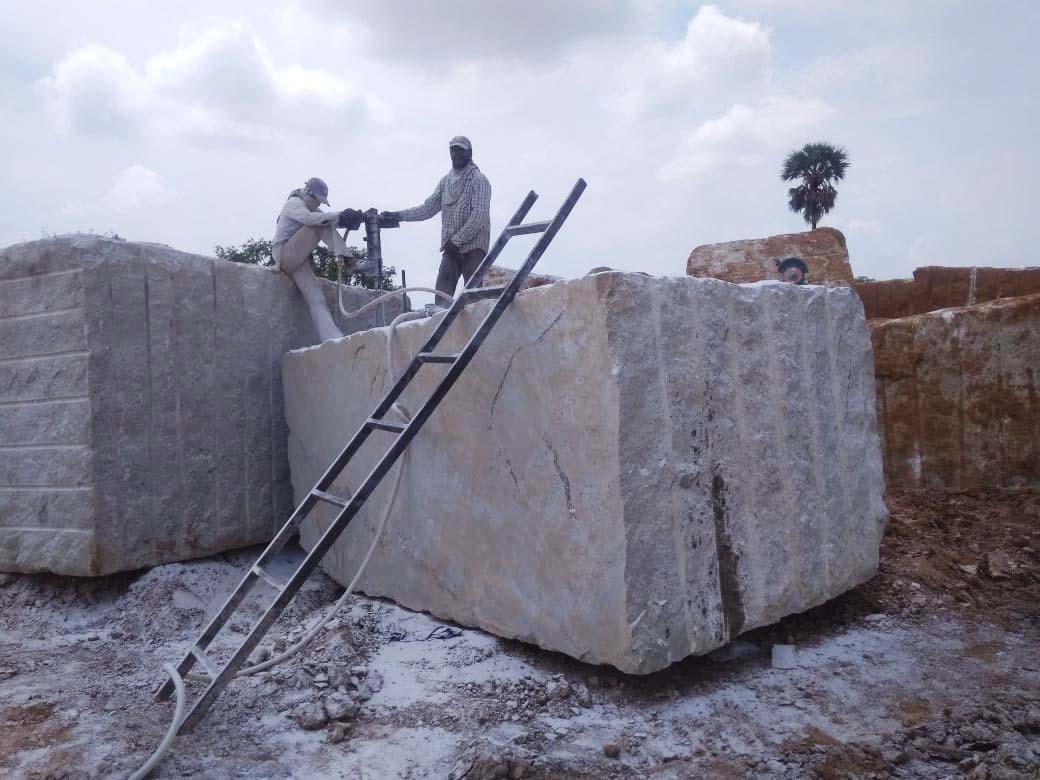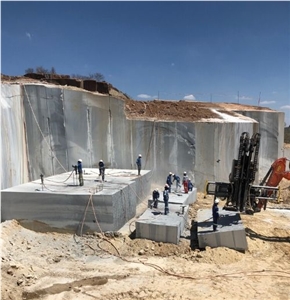A Trip Via Granite Quarries in South Africa: Introduction Nature's Creativity
A Trip Via Granite Quarries in South Africa: Introduction Nature's Creativity
Blog Article
Revealing the Mysteries of Granite Quarrying: Where Strength and Elegance Meet
The globe of granite quarrying is a realm where the raw strength of nature merges with human creativity to create frameworks that stand the test of time with an air of style. From the midsts of quarries to the precise polishing in workshops, the process of transforming granite right into architectural marvels is an intricate dancing of tradition and advancement. As we peer right into the depths of this ancient craft, we begin to uncover the covert ins and outs that form the really significance of our constructed setting.
The Beginnings of Granite Quarrying
In the record of building background, the beginnings of granite quarrying are shrouded in a tapestry of old workmanship and geological wonders. Going back to ancient Egypt and Mesopotamia, the extraction of granite from quarries marked the beginning of a journey that would eventually result in the creation of some of the world's most iconic structures.
Granite quarrying's origins can be mapped to the knowledgeable craftsmens that acknowledged the stone's sturdiness and aesthetic charm. Through a combination of primitive devices and large decision, these early quarry workers unearthed granite blocks that would certainly come to be the structure blocks of worlds.
As worlds developed, so did the techniques of quarrying granite. The Romans, renowned for their design expertise, established advanced approaches for removing granite to build monuments, holy places, and roadways that stood the test of time.
The heritage of these old quarrying methods continues to form contemporary architecture, with granite continuing to be a sign of strength and elegance in building and construction jobs around the globe. (granite quarries in south africa)
Devices of the Quarrying Trade
The advancement of granite quarrying methods from ancient human beings to contemporary times highlights the vital role played by the devices of the quarrying trade in forming the market's techniques. In ancient times, quarrying devices were simple, typically consisting of knives, hammers, and wedges made from materials like bronze or iron. These devices required substantial manpower and time to essence granite blocks from quarries.

Furthermore, the introduction of pneumatic tools and high-powered machinery has actually dramatically lowered the physical labor called for in quarrying procedures, improving worker security and productivity. As the quarrying industry remains to introduce, the devices of the trade remain at the forefront of driving progression and forming the future of granite extraction.
Extracting Blocks of Granite
Using precision equipment and advanced strategies, the extraction of granite obstructs from quarries has come to be an advanced process in the contemporary quarrying industry. Managed blasting methods are then utilized to damage apart the granite into convenient sections.

Polishing and Finishing Strategies
To accomplish a flawless surface area on granite blocks, experienced craftsmens utilize a collection of careful polishing and ending up methods. After the first extraction and forming processes, the granite obstructs undergo a thorough sprucing up stage to improve their all-natural charm and durability. One typical method utilized in polishing granite is diamond abrasion, where commercial diamonds are utilized to grind and brighten the stone to a smooth coating. This process not just develops a shiny surface area but likewise makes certain uniformity in shade and texture dig this across the granite block.
In enhancement to sprucing up, finishing methods are used to more refine the granite's look. By carefully choosing and applying these polishing and ending up techniques, artisans can change raw granite obstructs right into exquisite pieces that showcase both strength and elegance.

Ecological Impact and Sustainability
With the expanding emphasis on environmental awareness in the industry, granite quarrying methods are increasingly inspected for their effect on natural deposits helpful resources and lasting sustainability. Quarrying for granite can have significant ecological effects. The extraction process usually involves making use of hefty equipment, explosives, and big quantities of water, leading to habitat damage, dirt disintegration, and water pollution. Furthermore, the transport of granite from quarries to refining centers generates carbon discharges, additionally adding to ecological degradation. granite quarries in south africa.
To minimize these impacts and ensure sustainability in granite quarrying, industry stakeholders are adopting various measures. Implementing advanced modern technologies to decrease energy usage and water usage, reclaiming quarried land for ecological restoration, and promoting responsible sourcing techniques are some approaches being used. In addition, qualifications such as the Woodland Stewardship Council (FSC) and the Leadership in Energy and Environmental Layout (LEED) aid customers determine eco-friendly granite items.
Conclusion
In verdict, granite quarrying is a process that calls for specialized tools and techniques to essence blocks of granite and polish them to a high level of coating. While the environmental influence of quarrying can be considerable, initiatives are being made to enhance sustainability techniques in the market. On the whole, granite quarrying is a delicate equilibrium between using the strength and sophistication of this natural rock while minimizing its effect on the setting.
Report this page